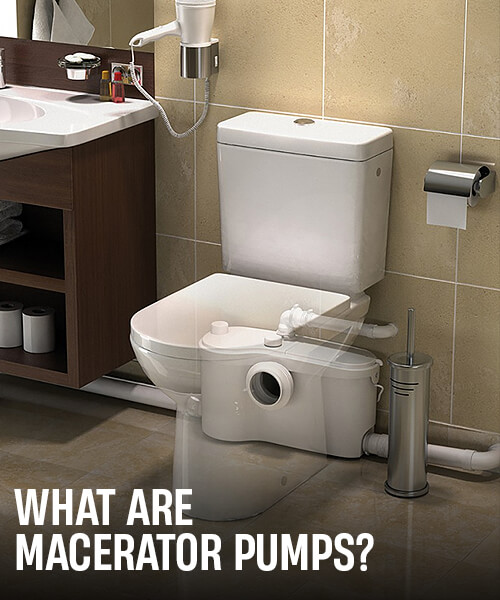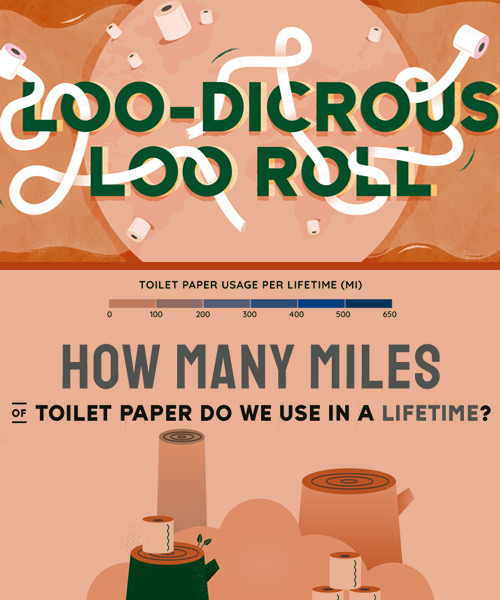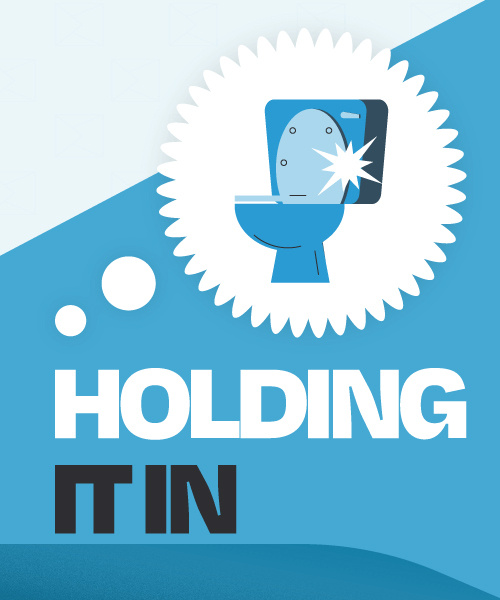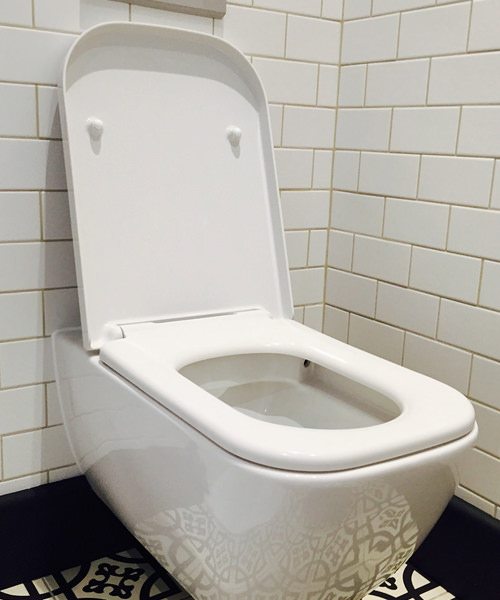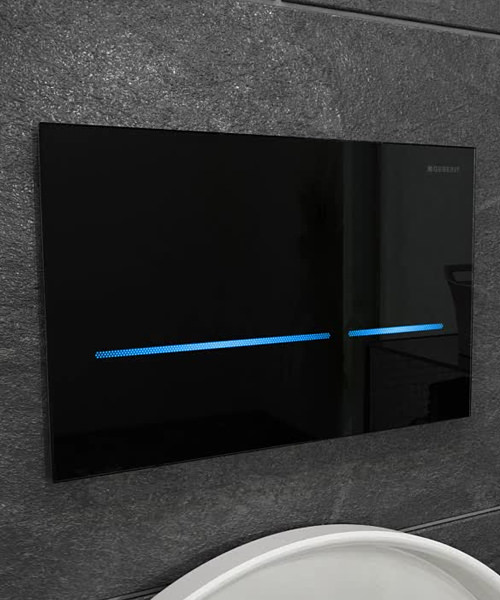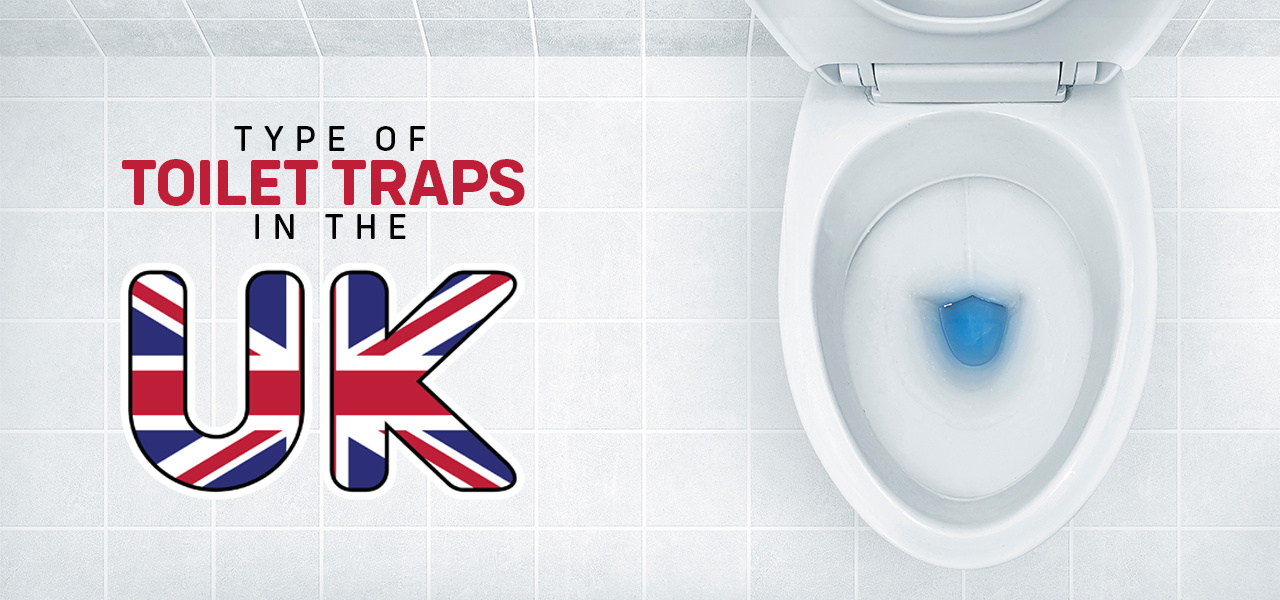
When buying a toilet, there are several factors that you need to consider to save hassles later. These factors are not confined to style alone but include the practical features of the toilet. One such aspect of a toilet pan is the trap. If you live in the UK, you will find toilet pans with several types of toilet traps, each with a unique design and functionality. These include the S-trap, P-trap, and U-Bend.
Toilet Trap
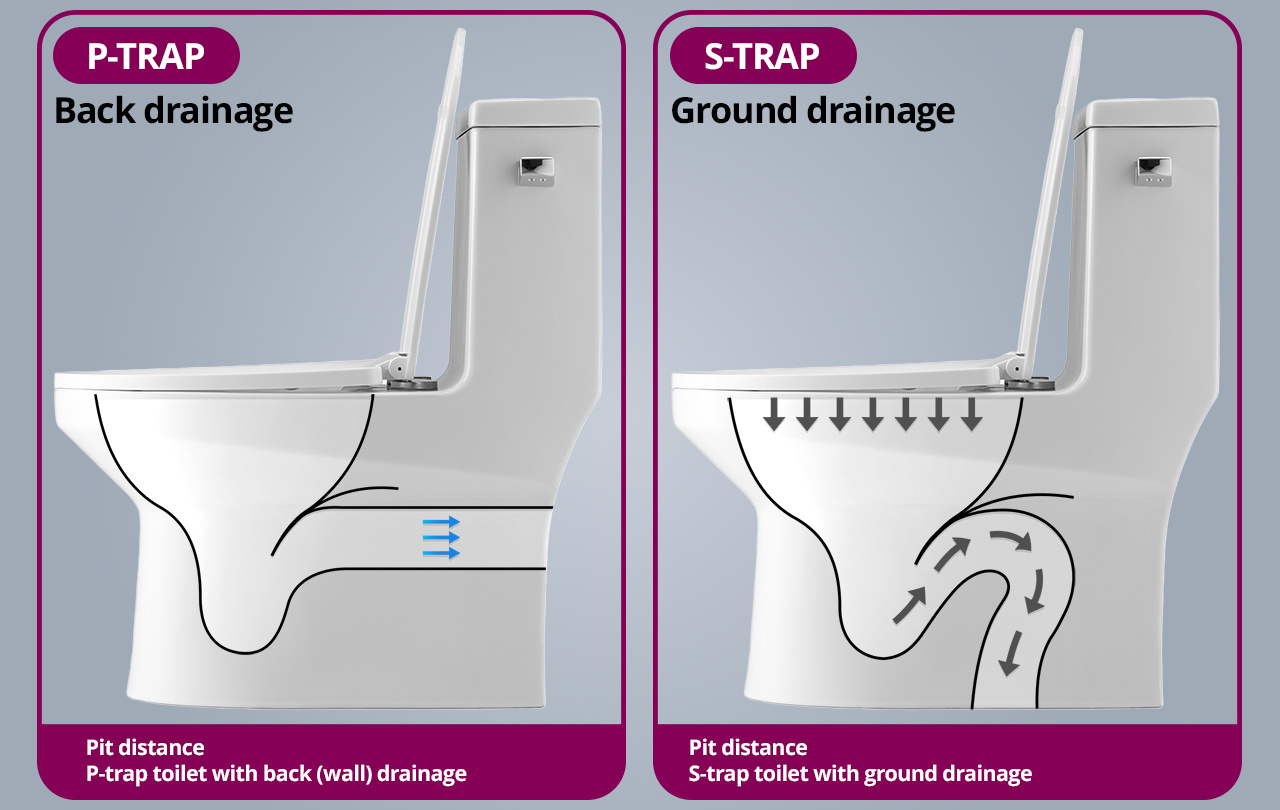
The trap is a bend of pipe through which waste flows out, and the smelly sewer gases are trapped so they don't come back up into the bathroom. The P-trap and S-trap refer to the shape and orientation of the trap that connects the toilet bowl to the waste pipe. Let's discuss the common trap design in the UK in detail.
P-Trap
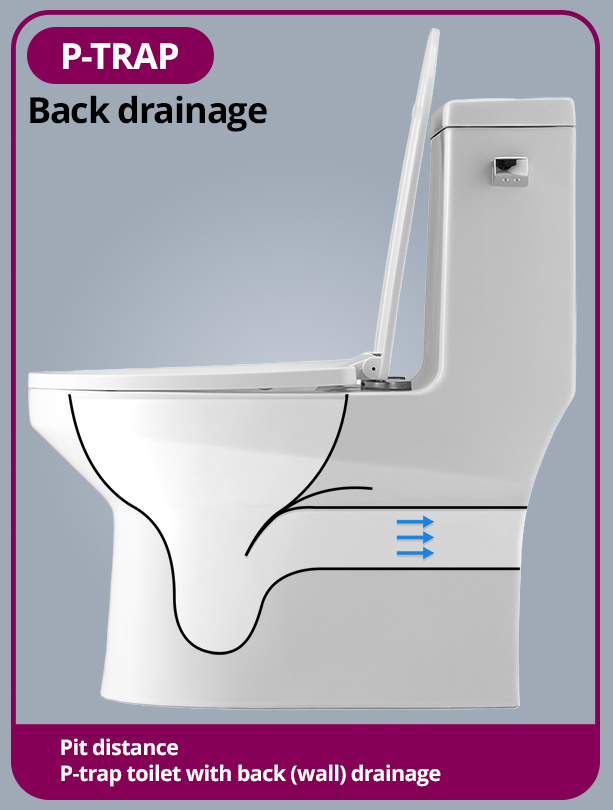
A P-trap toilet pan has a trap that looks like the letter "P," with a horizontal pipe connecting to the waste outlet. In other words, a P-trap is installed when the drainage pipe is in the wall. The trap is designed as a bend or curve so that not all of the water flows down into the drain, keeping some water in. This water creates a barrier between the toilet bowl and the waste pipe. Dangerous and unpleasant odours from sewer gasses don't enter back into the room as these gasses get trapped in the P-trap. The P-trap effectively stops the backflow of the gases and is thus one of the most common traps used in modern toilets.
Contractors prefer the P-traps in new buildings and renovations, as not only do these efficiently keep the toilet free of bad odour but are simple to maintain. It is commonly used in toilets.
S-Trap
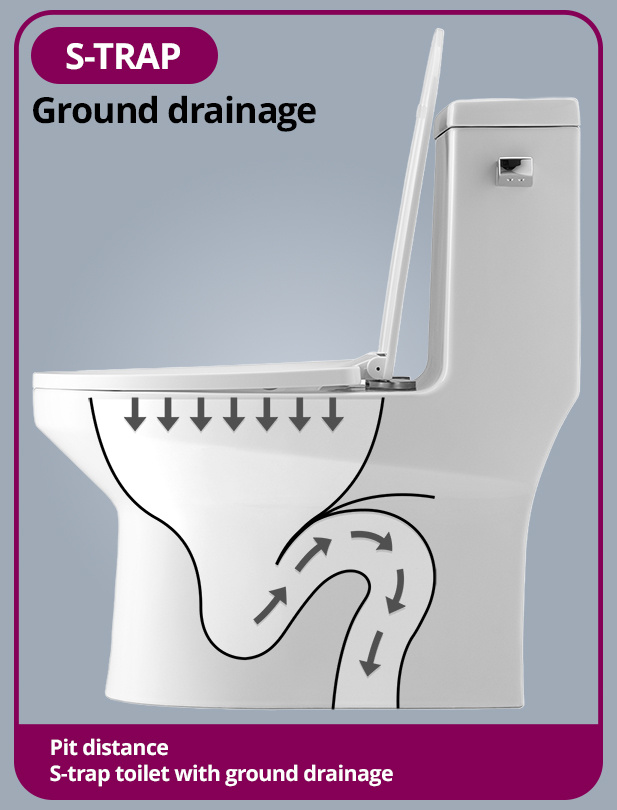
The S-trap gets its name from the pipe trap which looks like the letter "S". This type of trap has a vertical pipe that connects to the waste pipe and is quite common in older plumbing systems. In other words, S-traps are installed in toilets where the drain pipe goes through the floor. This is also one of the main differences from the P-trap.
S-trap is formed by a bend in the pipe under the toilet bowl. Certain set-ups demand the S-trap toilet model as they are less cumbersome to install, such as when the waste pipe is located far away or not in line with where you want to place your toilet. The S-bend affords greater flexibility in positioning the toilet, making it a preferred choice for older buildings or where you cannot make structural changes to the plumbing system.
Like the P-trap, the S-trap also uses a water seal to prevent bad smells from leaking back but can be prone to siphoning, which can diminish or entirely dry the water seal. In the event of the water seal drying out, sewer gases can escape back into the home, creating an unpleasant and unhygienic atmosphere.
Once you decide which kind of traps will work best for your bathroom, you'll need to take the measurements appropriately. For an S-trap, you will need to measure the distance from the wall to the centre of the waste outlet and for the P-trap, the floor to the outlet. It's best to keep these handy when you finalise your toilet pan.
At QS Supplies, we've got plenty of toilet models with both S and P traps and those that help conserve and save water. Check out our vast collection of some of the best brands at our online store. If you find navigating difficult then call and we will help you with the information you need.


